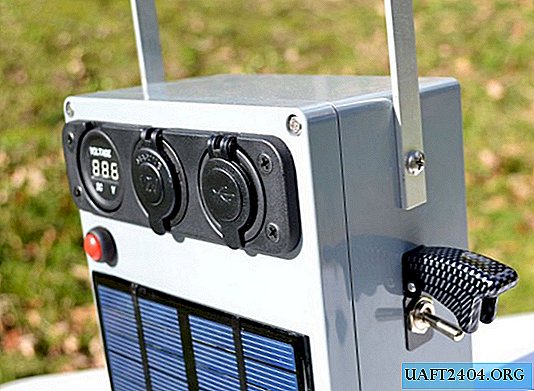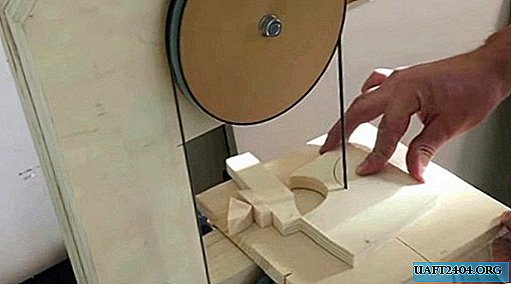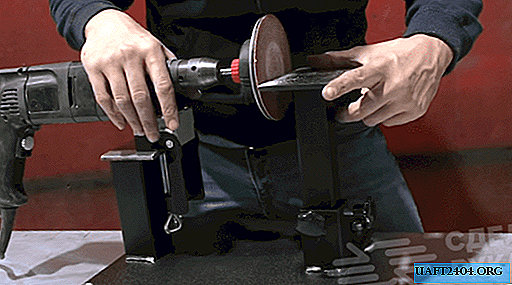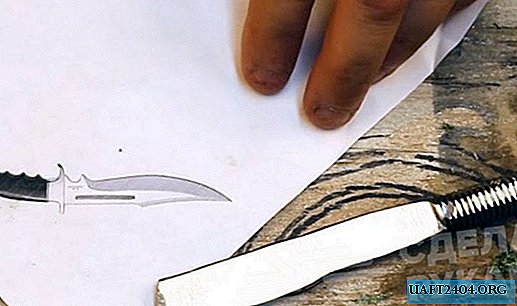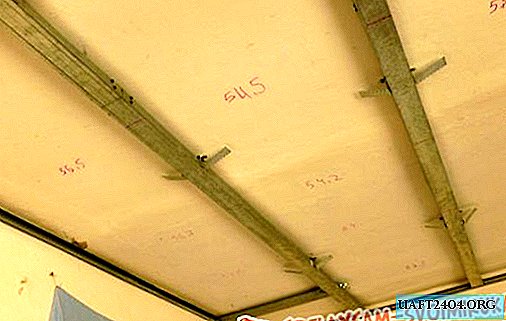Share
Pin
Tweet
Send
Share
Send
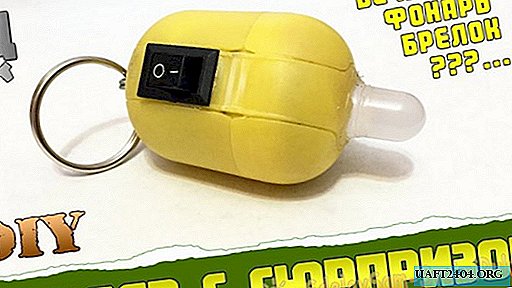
Having a very energetic dog that runs without a break for the ball, we decided to use this by making such a device to keep some of the energy when jogging. We will make a keychain on the neck with an LED. In the morning on a walk it will be charged, and in the evening it will light up and become a useful gadget, since we have a black dog and it is completely invisible on dark evenings.
We will need
- - Any LED (we used 3-color with a chip inside, it smoothly shimmers with different colors);
- - Case for the keychain (we used a box from the kinder);
- - Any old mechanism from an old watch;
- - A bit of neodymium magnets;
- - A ring from a bunch of keys;
- - Diode bridge;
- - Switch, etc.
Making an eternal flashlight in the kinder
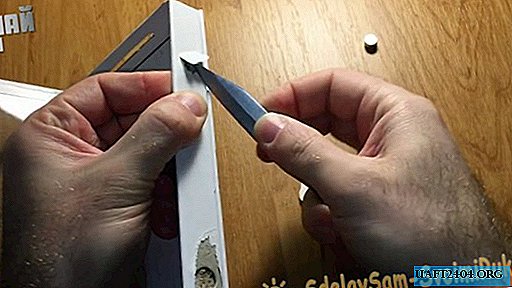
We get neodymium magnets from boxes with magnetic fasteners, you can also get them from old headphones, from speakers and non-working phones.

We collected a small stack with 8 small magnets, you can also use one magnet approximately, as in the picture.
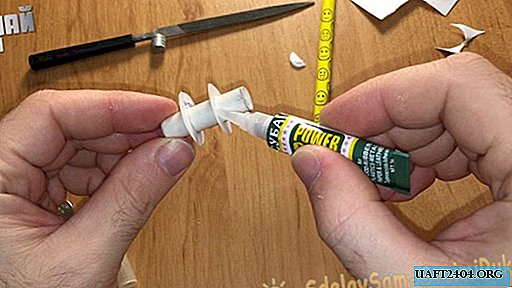
We make a small cylindrical base out of paper, where magnets will pass freely, and we also install two paper washers on the cylinder, for the convenience of winding the coil. For strength, well impregnate the paper structure with superglue and allow to dry.
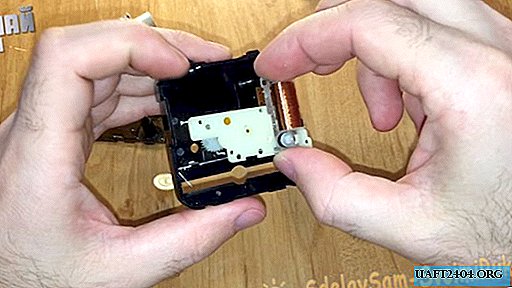
We will take a wire for winding a coil from old cheap Chinese watches.

We need to wind from 500 to 1000 turns. For convenience, we will use a drill screwdriver, with it we managed in a few minutes.

After winding to protect the coil, carefully insulate with electrical tape.

We solder two small copper wires to the terminals of the coil, this will be the place where the coil is connected to the circuit.

We fix the copper wires along the base with electrical tape, we also solder the wires to them. We isolate the place of soldering with hot glue and at the same time we fix it to the body.
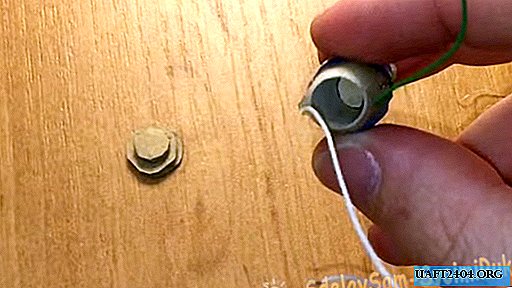
We throw the magnets into the coil and seal on both sides with paper plugs.

We will make the keychain attachment place from a paper clip, twist the loop and fasten it to the kinder. Inside, we open the antennae of the loop around and so that it does not pop out and fix it with hot glue.
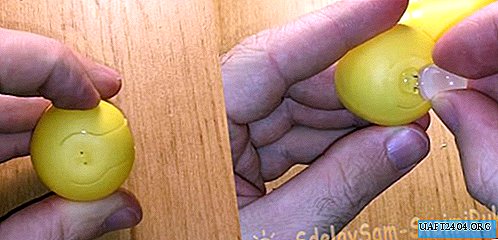
On the other side of the kinder, pierce with an awl two small holes for the legs of the LED, apply hot-melt adhesive and glue the LED to the kinder, setting it in its place.
Scheme
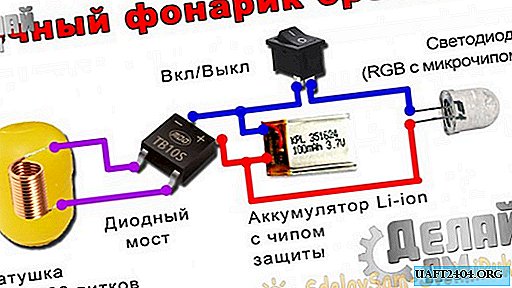
The electrical circuit is simple, the essence of its work is that when the dog is running, the key chain on the neck will shake, which will lead to shaking of the magnets in the coil. The bouncing magnets will pass along the winding, which will produce splashes of small quantities of alternating electricity. Next, the bursts will be aligned with a diode bridge and recharge the Li-PO battery. When evening comes, we turn on the switch, and the accumulated electricity will power the LED.
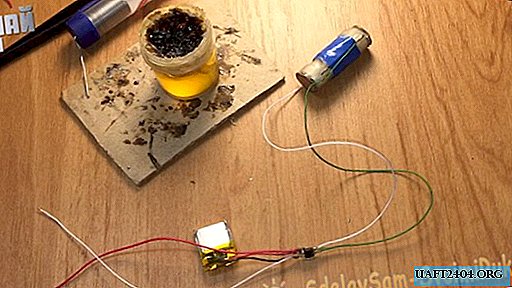
Solder the diode bridge to the coil and battery.

We install the switch in its place and connect everything together. Check, everything is on.

We glue the coil securely inside the case so that it does not dangle inside the kinder.
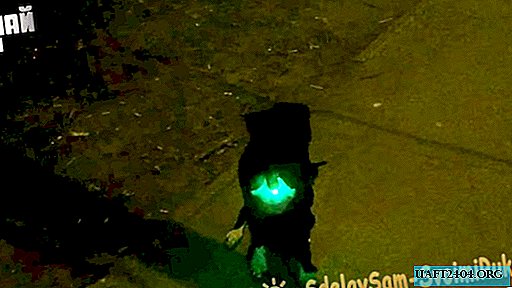
The keychain shines brightly and the dog is visible from afar, we also have a three-color LED with a microchip inside. The keychain gradually changes its color, it looks very beautiful.
Conclusion
During the operation of the keychain, we noticed a problem, unfortunately the generated energy of the coil, we do not have enough to charge a lithium-ion battery, also some of the electricity is dissipated on the rectifier bridge, and to fix everything, we need to redo the circuit. Instead of the usual diodes on the rectifier, you need to use Schottky diodes, for example, ss14, and instead of the battery use an ionistor, this will make it possible to accumulate even small charges from the coil. You will also have to make a self-generating step-up voltage converter, to power the LED from the ionistor. We will use the transistor 2N5551, KT315, S9014 or any similar low-power transistors. The transformer TR1 consists of two windings, 1-set and 2-power with a midpoint. The circuit works due to bursts of self-induction of the inductor, the voltage of self-induction can be tens of times higher than the supply voltage. We wrap the transformer on a ferrite ring, which can be found in old economy lamps (Ring size is uncritical). Both windings have 20 turns with a wire of 0.3 mm., The end of the first winding is connected to the beginning of the second, this is our midpoint. See the diagram below and the principle of winding. Found a working diagram in the video of the blogger AKA KASYAN
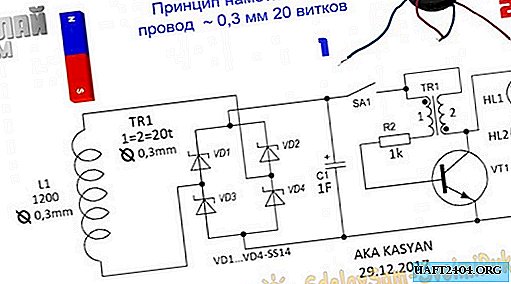
Keychain test build video
Share
Pin
Tweet
Send
Share
Send

